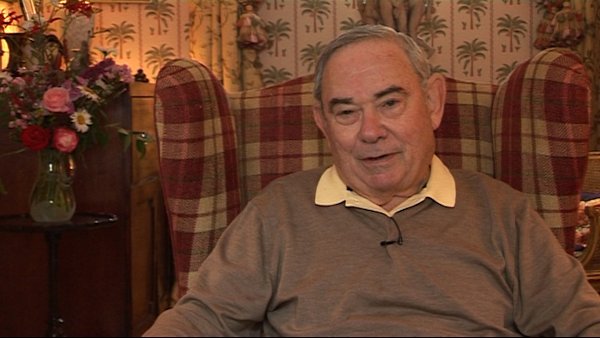I have to go back now in time and finish the mycoplasma story which is key to another research area that suddenly became important. So these two important research activities were occurring at the same time and the two discoveries that I made, and I believe it was in the year 1960, occurred virtually at the same time. The mycoplasma story following my testing of cultures for friends developed after I had established some of these normal foetal cell cultures and learned of their sensitivity to human viruses. The human cell strains, and I will define the word cell strain to mean a normal cell culture, which as you will later learn has as its principle property the fact that they are mortal and can only replicate a finite number of times, whereas cancer cell... whereas cell populations with cancer-like properties, namely these transformed cultures, I call 'cell lines'. It's important to understand those two words are used differently in literature today and, in fact, the past 20 years, for reasons that I cannot understand. People do not realise the importance of using those two terms, or any other two terms, to differentiate between transformed cell cultures and normal cell cultures, whose differences are so vital. Generally people don't... they may understand the difference – I think they do – but they use the same terminology for both, which makes things very confusing, both in the literature and in the spoken words.
So returning to the knowledge that by this time I had that is that the normal cell cultures were exquisitely sensitive to viruses – remember that I'm in an institute where virology is key... is a major concern, research in virology – and so I learned straight out that the cells were particularly sensitive to replicating the polio virus, because Hilary was working on polio viruses. I could easily get a sample from down... down the corridor. I also had friends by this time who were working at Merck in West Point, Pennsylvania, my former employer. They were working with Maurice Hilleman, a very well-known virologist, one of the men who discovered the adenoviruses and a man who's generally been called the father of most vaccines. He was the one who commercialised most of the well-known vaccines at that time at Merck. And so I had access to those folks, to whom I sent samples of my cells and they learned that they were sensitive to the virus... viruses that I didn't have available to me. And so that exquisite sensitivity led me and others to believe that these cells could be used to isolate other unknown viruses, which of course was my purpose in using them for testing for cancer viruses, but I didn't know of their virus susceptibility at the time I first started.






